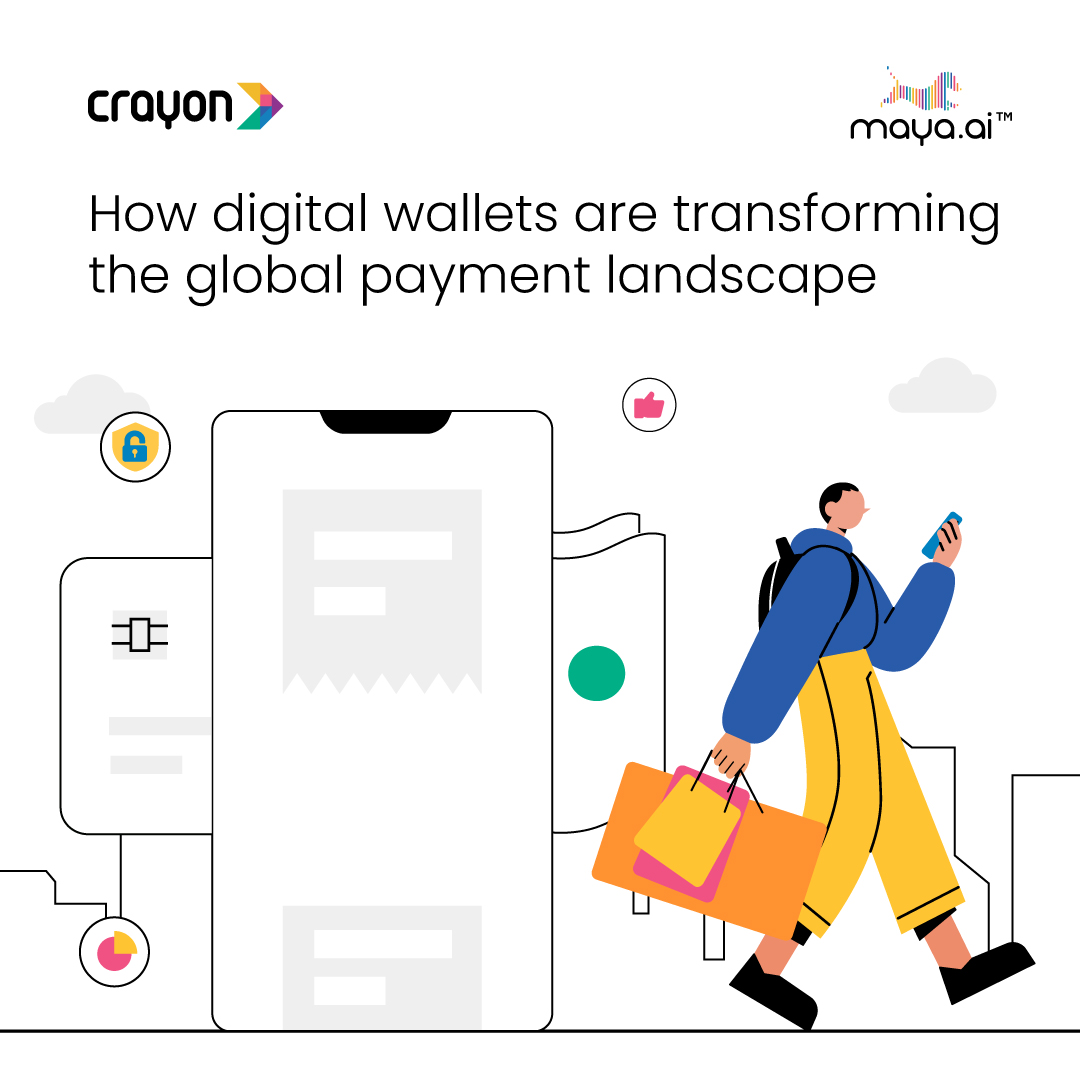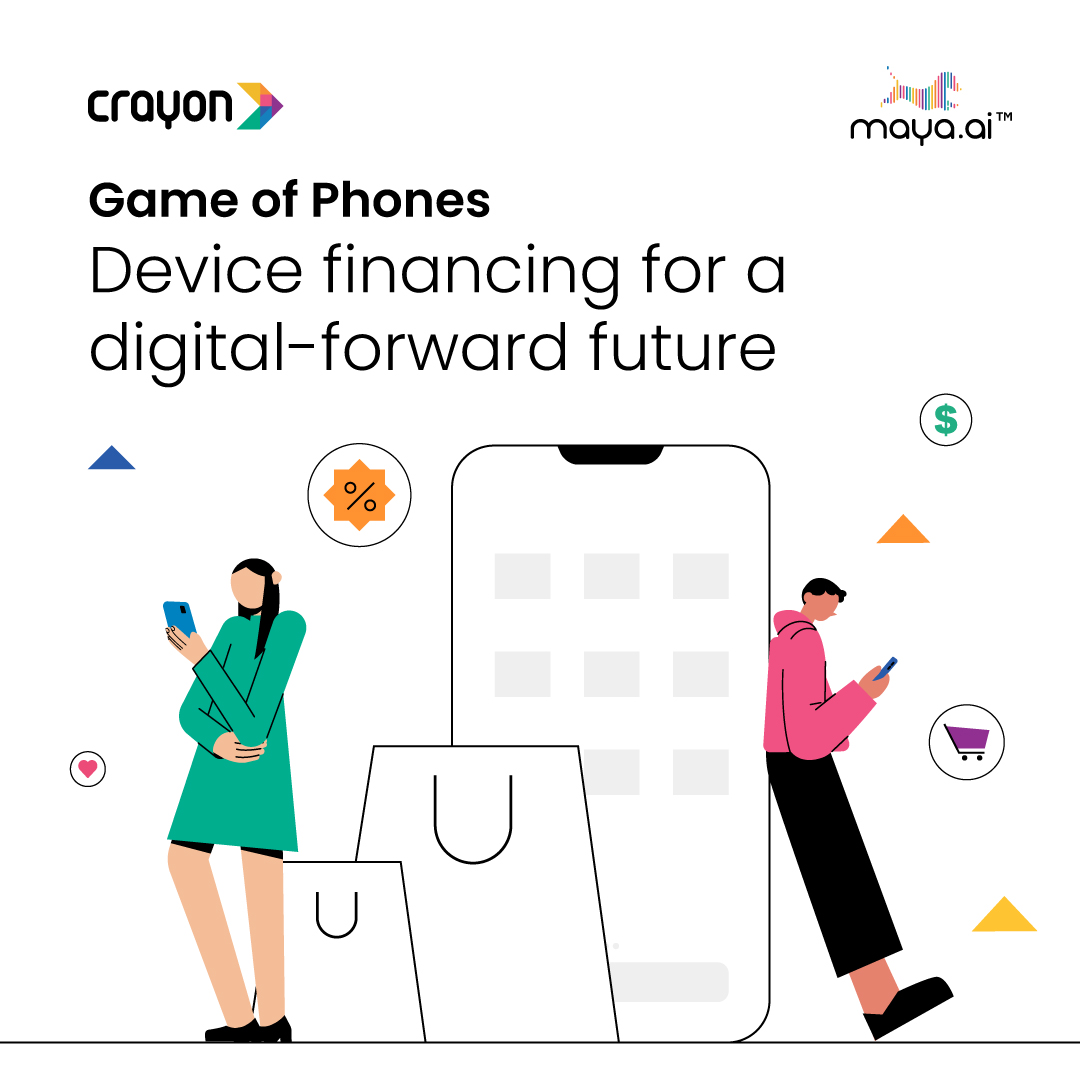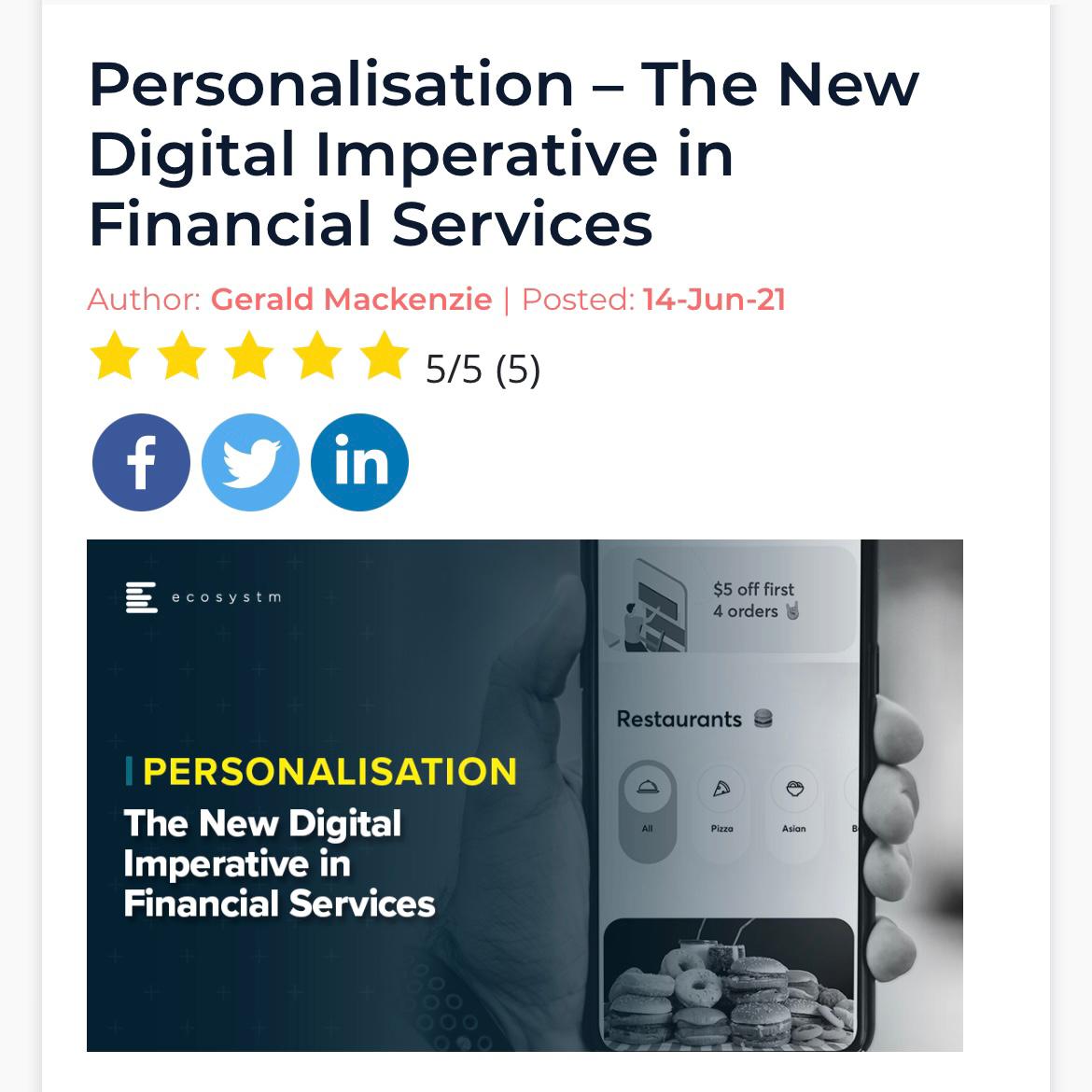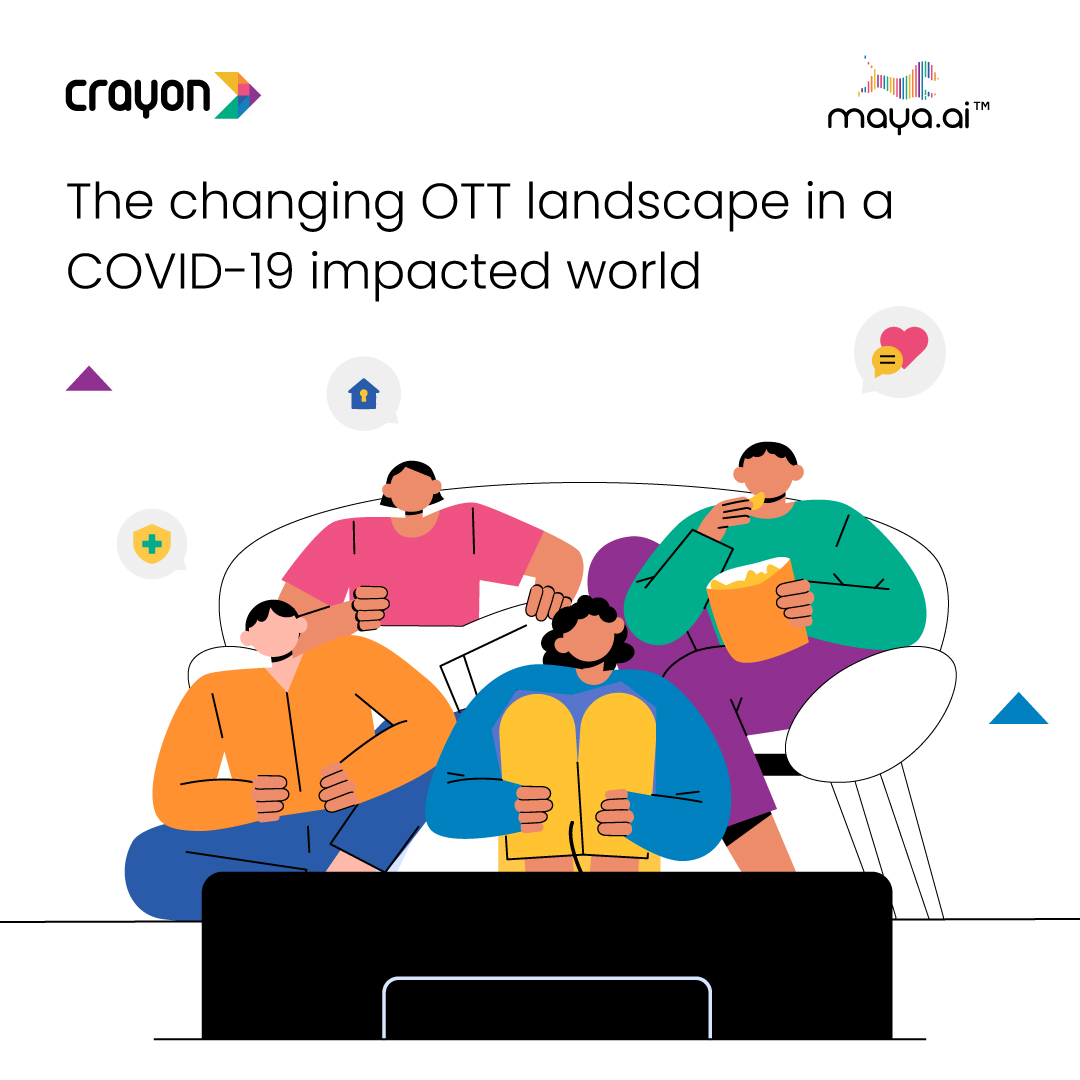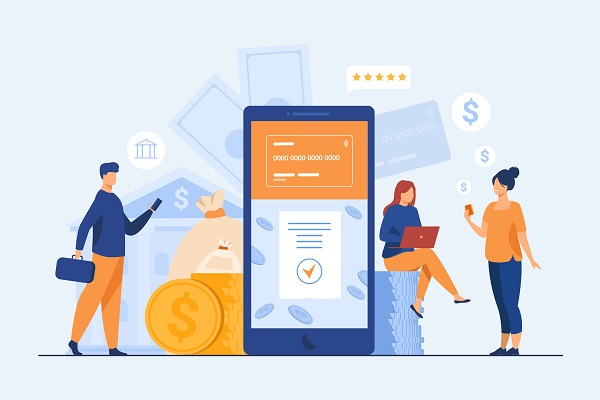Imagine a nice Friday afternoon walking around your local mall. You walk into your favorite browsing for a new outfit to wear to your friend’s party later in the evening. Although you usually shop in-store, sometimes you shop online, as many people all over the world do. You wander into the shoe section.
“Those black Nine West boots would look amazing on you. I think they have them in a size seven.”
You try the boots on and sure enough, they are a great fit. You purchase them and continue to the makeup section.
“Mac is having a sale on makeup. They have a new set of eye shadow trios in browns like you wear. They’re on sale. You should check them out.”
After you’ve bought your makeup, you head up to the dress section.
“The new spring collection has some great white sundresses, perfect to go with the brown belt that you bought last month. Size two is in stock. They’re over to your right.”
You try on the dress and, of course, it looks amazing on you. You look in your bags, pleased that you didn’t waste time searching through sizes and styles that didn’t match your personal taste. Luckily you had some helpful advice, but there’s just one problem. You came to the mall alone.
The “helpful” voice was neither a friend nor a salesperson. It was Big Data’s personalized manifestations of your shopping habits and behaviors.
Sounds like science fiction? Think again.
While technology and marketing are the first industries that come to mind when one hears the term ‘Big Data,’ the truth is that Big Data has revolutionized almost every industry, including the retail industry.
It’s no secret that Big Data is used to predict consumer behavior and provide customized recommendations for products that people purchase online. Many studies have shown that sending customers targeted emails and promotional offers tailored to them based on past purchases is more effective than sending out blanket coupons or sales announcements. An example of how retailers are using Big Data is shown below:
However, retailers are now using Big Data to blur the line between the somewhat obscure cybershopping experience and real-life, in-store shopping experiences. Integrating Big Data with the location services features that are built into most smartphones is one example of marketing directly to consumers while they are in front of a product. This marketing strategy may prove to be extremely profitable for companies as studies show that consumers are up to 70% more likely to purchase a product if it is right in front of them.







